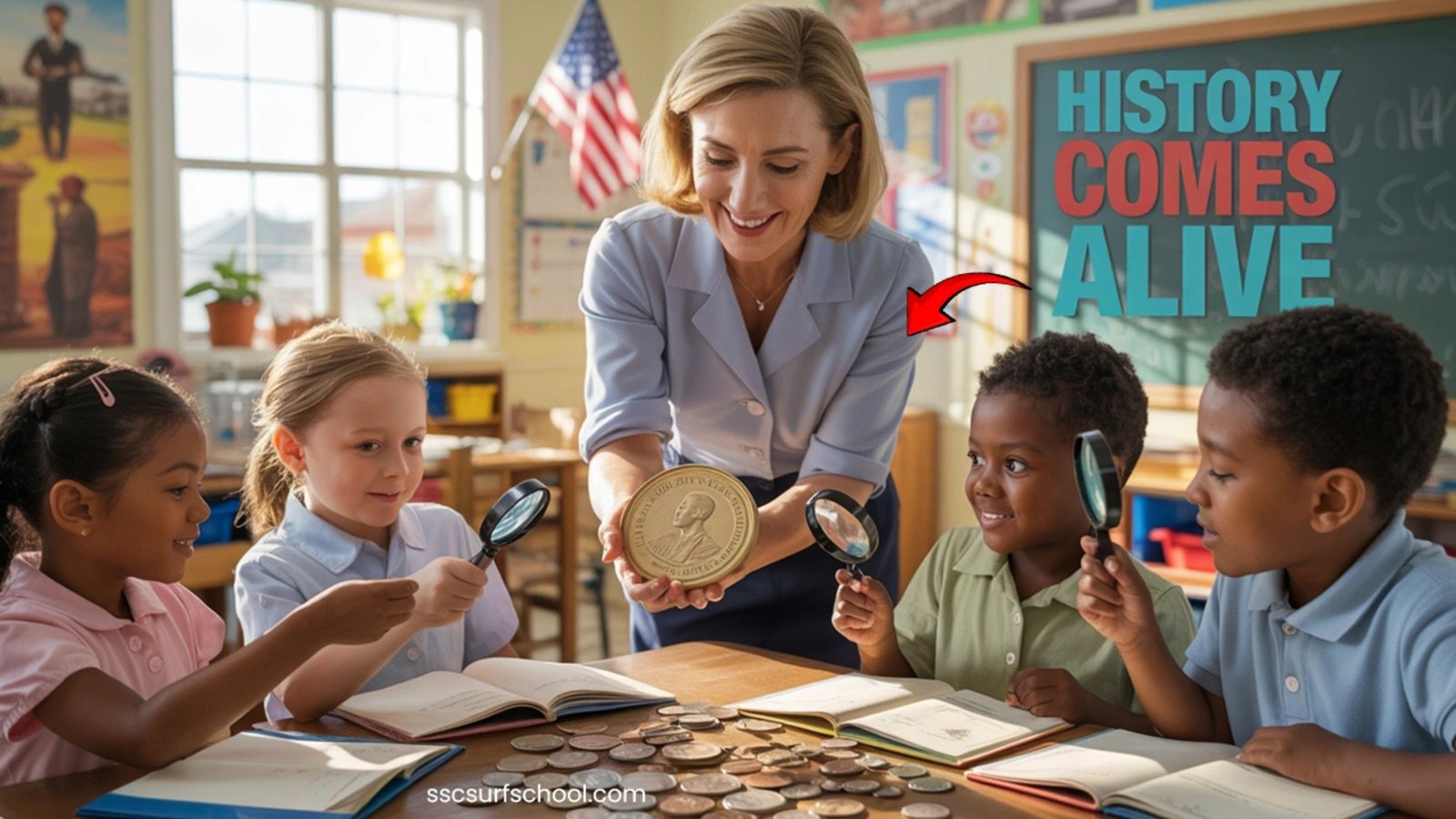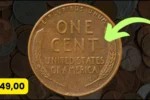Design a Coin Project : The “Design a Coin” project is an exciting and educational classroom activity that combines visual arts and history in a meaningful way. Tailored for middle schoolers, it encourages students to dive deep into historical events, cultural symbols, and artistic expression, all through the task of creating a custom coin. It serves as a hands-on way to explore how coins can tell stories, represent eras, and reflect values.
Understanding Coins as Historical Artifacts
Before designing their own coin, students begin by exploring coins from different countries and historical periods. This section of the lesson helps students view coins as more than currency—they are artifacts that reflect the politics, culture, and beliefs of a society. Teachers may introduce ancient Roman coins, medieval currency, or modern commemorative coins to highlight how design choices reflect history.
Exploring Symbolism and Meaning
Students learn how to interpret the visual elements of a coin. Who or what is pictured on it? Why are those images or inscriptions important? This exploration builds an understanding of symbolism—why certain figures, animals, buildings, or dates appear—and how they communicate power, pride, and identity. This knowledge lays the foundation for thoughtful and historically accurate student designs.
The Coin Design Challenge
Now it’s time for students to create their own coin. They are asked to choose a historical figure, event, or cultural idea they’ve learned about and design a coin based on it. They must decide on key elements: the front (obverse) and back (reverse) of the coin, the inscriptions, the style, and any symbolic imagery. This part of the project sparks imagination and decision-making, as students bring together their historical knowledge and artistic creativity.
Writing the Artist’s Explanation
Each student writes a short explanation of their coin design. This helps develop their analytical and writing skills, as they must clearly explain the reasoning behind their choices. Why did they pick a specific figure or event? What do the symbols mean? How does the design reflect what they’ve learned in history? This reinforces their understanding of the topic and connects their artwork to real historical context.
Presenting and Reflecting
The project can end with a class presentation or exhibition, where students showcase their coins and explain their meaning. This creates an opportunity for peer feedback, public speaking practice, and deeper appreciation for each other’s ideas. It’s also a way for students to reflect on the process, what they learned, and how history can be told through visual art.
Conclusion: A Lasting Lesson in Art and History
The “Design a Coin” project isn’t just a fun art activity—it’s a thoughtful, interdisciplinary lesson that helps students connect the past to the present. It teaches them to think like historians, act like designers, and reflect like storytellers. Through this creative approach, students gain a deeper appreciation for both the power of images and the complexity of historical narratives.
Frequently Asked Questions (FAQs)
Q: What grade level is this project best for?
A: This project is ideal for middle school students (grades 6–8) but can be adapted for upper elementary or early high school depending on curriculum goals.
Q: Do students need strong art skills to succeed?
A: No. The focus is on creativity and historical thinking, not artistic perfection. Simple sketches and symbolic designs are perfectly acceptable.
Q: How long does the project typically take?
A: It can be completed over 3–5 class periods—one for exploring coins, one for brainstorming and planning, one for designing, and one for writing/presenting.
Q: Can this be done digitally or must it be hand-drawn?
A: Both options work! Students can use digital design tools or draw their coins by hand, depending on the resources available in your classroom.
Q: What subjects does this project support?
A: It supports history/social studies, art, language arts (through the written explanation), and even public speaking if presentations are included.
Q: How do I assess this project?
A: Assessment can be based on creativity, historical accuracy, effort, written explanation, and presentation if applicable. Rubrics help clarify expectations.




